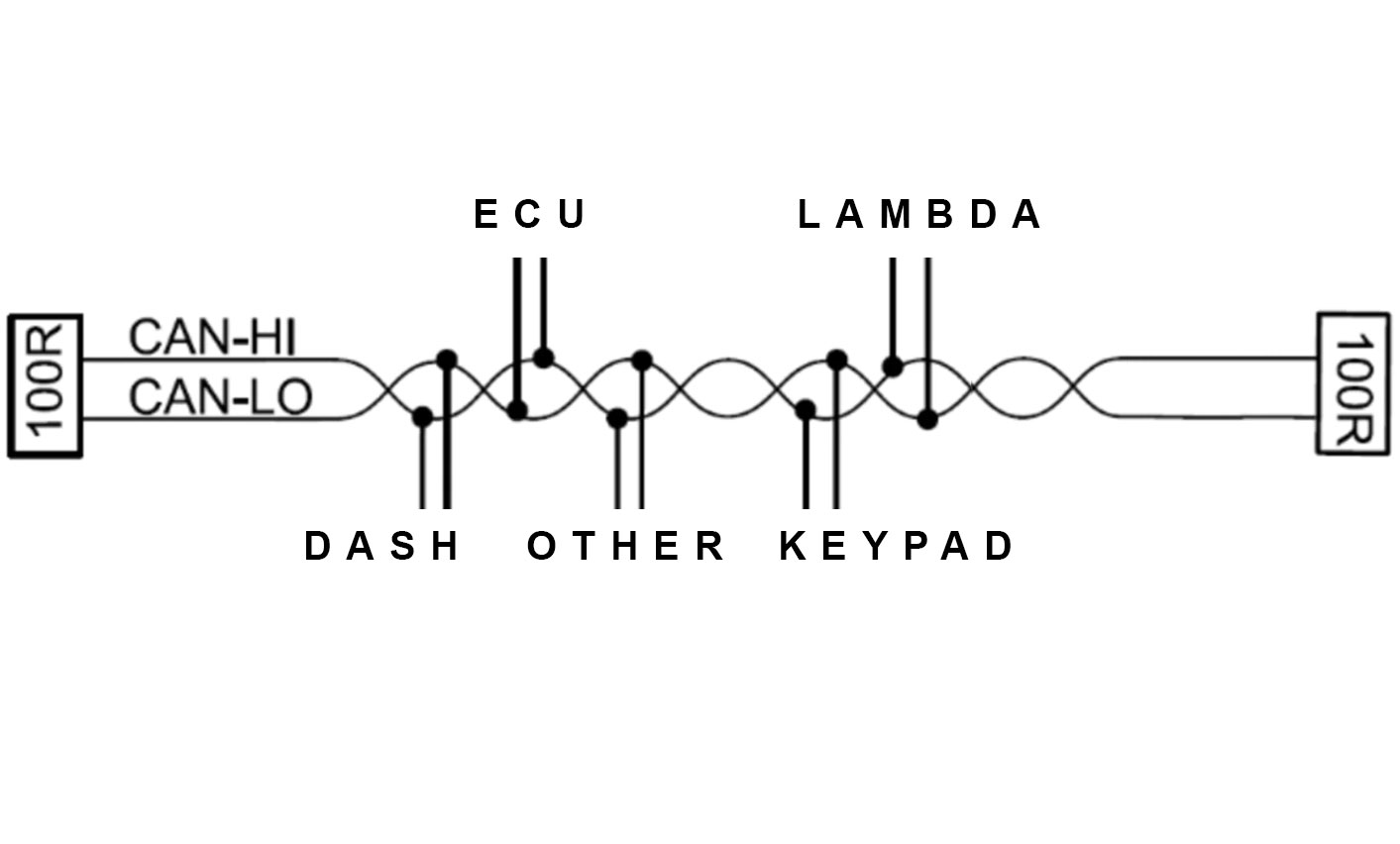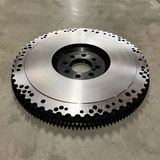CAN Protocol - Canbus

The CAN protocol, or canbus as it is called, is when a lot of information is sent through only two wires.
- CANbus
- Wiring of CAN devices
- CAN Protocol
1 ▼
CANbus
CANbus is an electronic system that controls and connects the car's electronic components and devices.
Modern cars can have many electronic control units (ECUs) for different subsystems. Typically, the largest is the engine control unit. Others are used for comfort (electric seats, power windows, etc.) or transmission control, airbags, anti-lock brakes/ABS, cruise control, electric power steering, audio systems, doors, mirror adjustments, and battery and charging systems for hybrid/electric cars, among others.
To avoid running a separate wire for each function, systems (devices) are interconnected using CANbus instead. It only requires two wires that can transmit as much or more information as several separate wires between devices. In this way, just two cables can control multiple functions in one part.

2 ▼
Wiring of CAN Devices
Some things to consider when connecting aftermarket parts to a CANbus are cable lengths and disturbances.
- Cabling is approximately 0.5mm² in CANbus systems.
- The CANbus itself should preferably not exceed 20 meters, which is not an issue in a car.
- A CANbus is connected with a 100-120 ohm resistor at the end. Over about 3-4 meters, this resistor is no longer needed. Many aftermarket devices have this resistor built-in and can be activated or deactivated as needed.
- Avoid connecting devices more than 90mm away from the CANbus to prevent disturbances.
3 ▼
CAN Protocol
The CAN protocol most commonly found in the aftermarket is ISO 11898, but there are three versions of this. In motorsport, the following are the most common:
- CAN 2.0 / High-Speed CAN
ISO 11898-2 - a 120-ohm resistor is used at both ends. - Low-Speed CAN
ISO 11898-3 - the bus should be as close to but not below 100 ohms. - CAN FD
There is also CAN FD, which is backward compatible with CAN 2.0. FD stands for Flexible Data.
▼
▼
-
Engine management / Electric
- Engine control system: The various parts available
- Ignition System Information
- Install motor control
- Pressure sensor - Information
- Temperature sensor - Information
- Buttons - Switches - Information
- Connectors - Information
- Cooling fan car - Information
- Exhaust gas temperature sensor - EGT Sensor
- Lambda sensor - Wide band lambda
- Relay - Information
- Relay box - Fuse central
- CAN protocol - Canbus
- Ethanol sensor - Information
- Gauges and Dash
- Trigger sensor information
- Dimensioning of cable [and fuse size]
- Distributor Problems (And Solution)
- How does an Ignition Coil work?











































